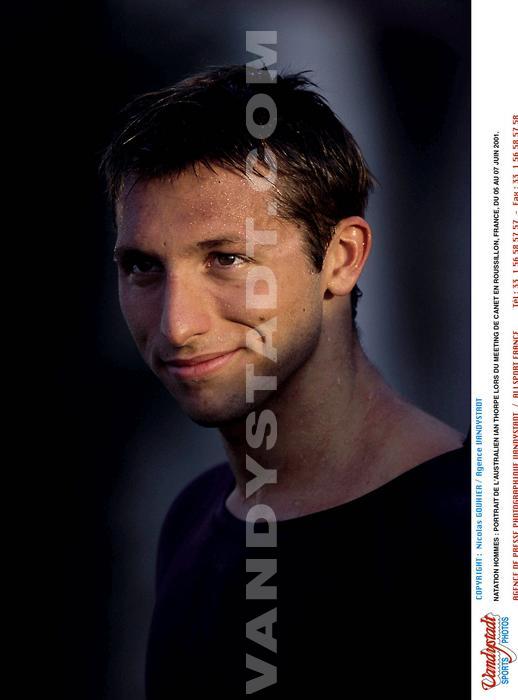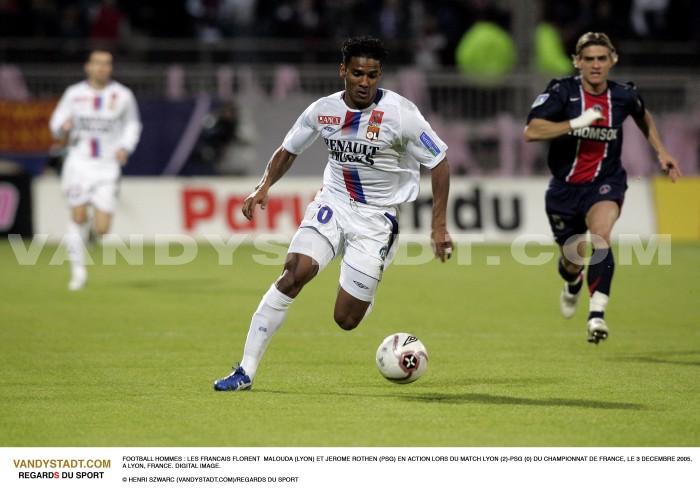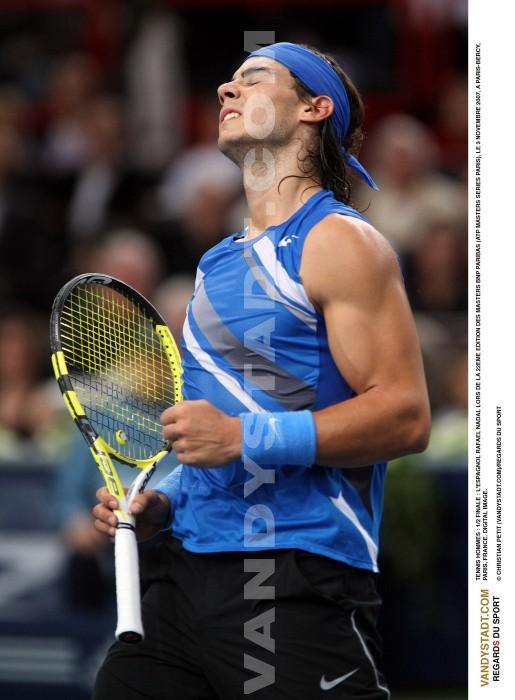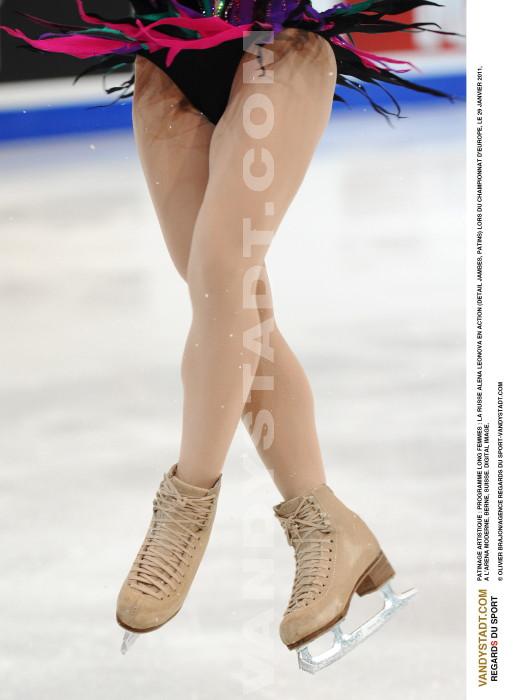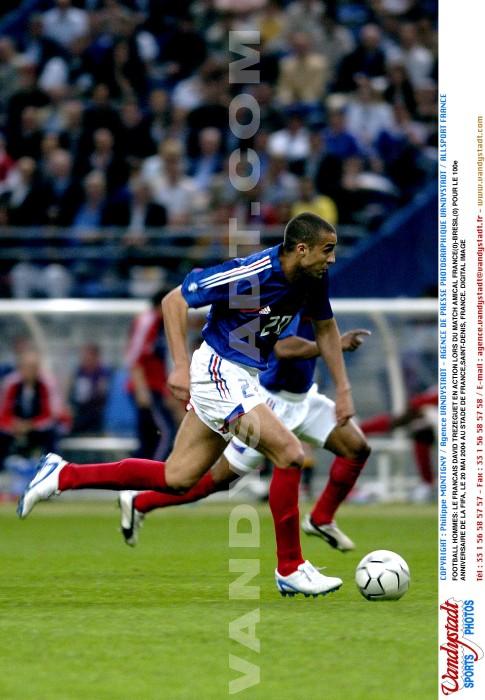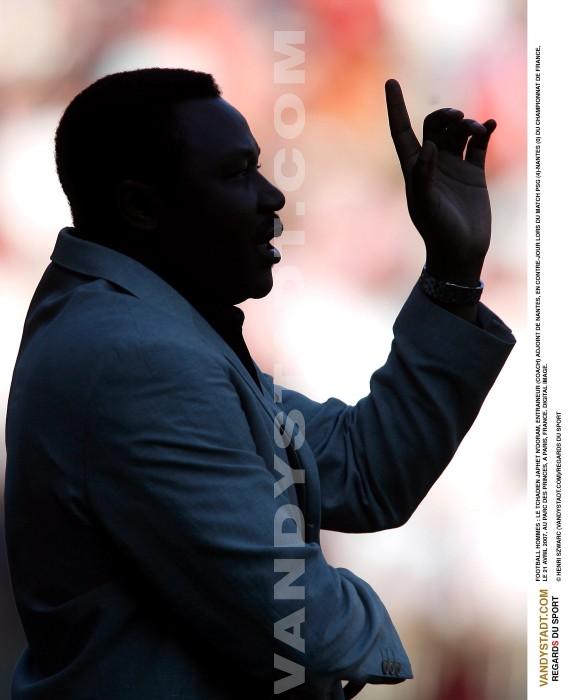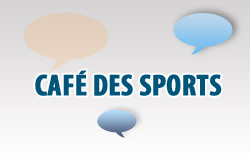Patinage artistique - Figure skating history
Figure Skating - Olympic Sports
![]()
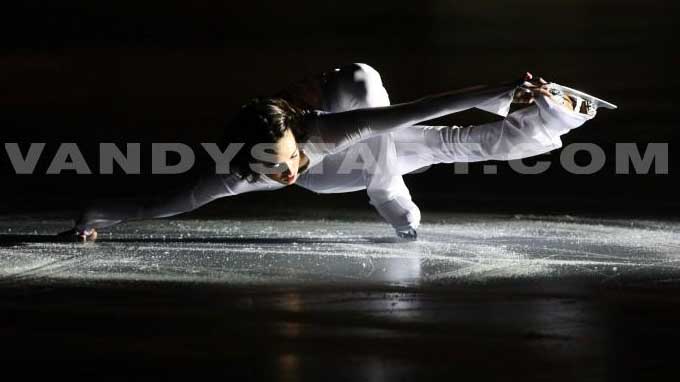
History
The oldest pair of shoes dating back 20 000 years. Our ancestors, the Cro-Magnon, slipped on bone attached to sandals with animal skins. It was found in Lower Poitou at the mouth of Life. Long, skates were made by hunters and warriors from reindeer antlers or elk bones, and steel or iron.
In the 12th century we find traces among the chroniclers of the existence of skaters on the Thames.
In the 17th century, the Dutchman pads used daily by adapting dress shoes with straps on the blades. As they skated from one village to another on frozen rivers and canals. Moreover, the Amsterdam market was supplied by ice.
The first skating club was founded in 1742 in Scotland: the Skaters Club of Edinburgh. In 1772 the British founded the first school of skating. Figure skating was born.
Two Americans have participated in the development of the sport: Edward Bushnell of Philadelphia who in 1850 invented the blades of steel allowing the creation of figures on the ice;
Jackson Haines , a ballet teacher, introduced elements unique to ballet in the 1860s.
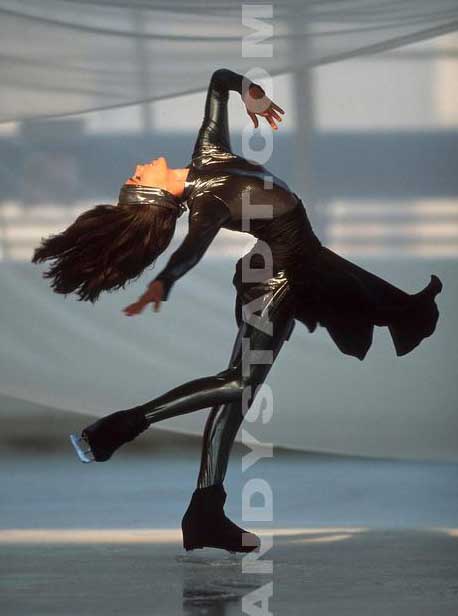
In January 1876, in the Chelsea neighborhood, the first artificial ice rink opens its doors (Glaciarium Chelsea). Three years later, the English Federation of Skating (Français National Skating Association) was founded and the first national championship was held December 8, 1879 at Thomey. Internationally, the first competition held in 1882 in Vienna. In 1909, the Viennese architect Engelmann it created the first artificial track outdoors.
Skating in France
In France, skating is develops from Napoleon III, who after spending much of his youth in the North, introduced in France. The first Ice Palace was created in Paris in 1889 and is followed by the creation of the "Circle of skaters. It was not until the postwar period, in 1921, see a real sports club: Club Winter Sports in Paris.
The French Federation of Ice Sports was created February 26, 1942. Today it has 39 000 licensees for eleven disciplines including nine Olympic skating (artistic, speed, dance), hockey (male and female), curling, bobsleigh, luge, skeleton, ringette and ballet.
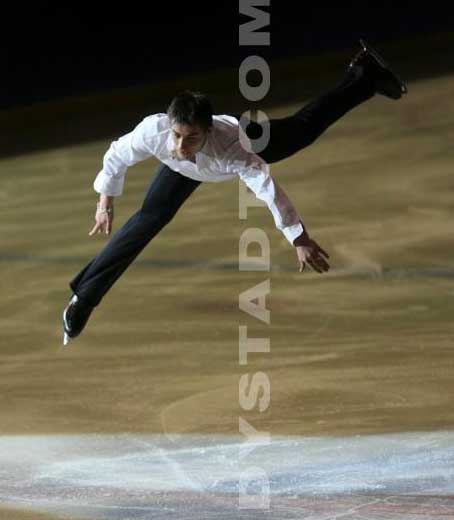
Key Dates
20,000 BC The ancestor of the pad is made of bone
13th century invention of iron shoes, the Netherlands
1742 Foundation Club skaters Edinburgh
Created in 1772 in England's first school of skating
1850 Invention of the skid steel
Opening in London in 1876 the first artificial ice rink, the Glaciarium Chelsea
1882 Invention of the axel by the Norwegian Axel Paulsen on speed skates
1891 First European Championships in Hamburg
July 23, 1892 Birth of the Federation International Skating, the ISU (International Skating Union)
1896 First World Championships for men in St. Petersburg
1906 First Women's World Championships in Davos
1908 Figure Skating Program Summer Games in London
1909 Invention of the Swedish salchow Ulrich Salchow
1910 Invention of the loop by the German Werner Rittberger
1913 Invention of the lutz by the Austrian Alois Lutz
Invention of the 20 flip by American Bruce Mapes
1925 First double jump (loop) by the Austrian Karl Schaefer
1928 First gold medal for the Norwegian Sonja Henie , who reci
era in 1932 and 1936
1952 First triple jump (loop) by the American Dick Button
1962 First women's triple jump (Salchow) by Canadian Petra Burka
1976 First World Championship for Juniors held in Megeve France
1988 First quadruple jump (toe) by Canadian Kurt Browning
1988 First female triple axel by Japan Midori Ito
1991 Removal of compulsory figures
1996 Creation of the Grand Prize which includes the 5 major world events: Skate America, Skate Canada, NHK Trophy (Japan), Trophee Lalique (France) and Nations Cup (Germany)
1997 First quad-triple (toe loop) by the Canadian Elvis Stojko
Among the followers of the slides were several kings of England, Marie Antoinette, Napoleon I and the German poet Goethe.
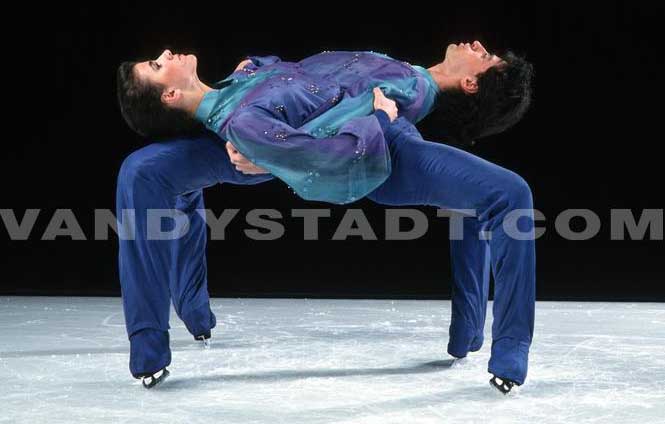
The International Federation of Skating was founded in July 1892 in Scheveningen in the Netherlands (77 affiliated nations). It is with the International Rowing Federation, the oldest international sports federation. The first world championships were held in 1896 in Saint-Petersburg: the men and women competed together (winner: Gilbert Fuchs in German). The first championship exclusively for women was organized in 1906.
Skating and Olympism
It is the oldest sport that is on the agenda of the Winter Games since 1908. Until 1972, three events on the program: in
iduel men in
iduel women and couples. Ice dancing became an Olympic sport in 1976 (demonstration sport in 1968).
The oldest clubs in the world
London Skating Club in 1830
Philadelphia Skating Club in 1849
New York Skating Club in 1860
Kristiania Oslo Skoiteklub 1864
Amsterdamse Ijsclub 1864
St. Petersburg Skating Club in 1864
Circle Skaters in Paris in 1865
Verein Wiener Eislauf 1867
Ledna Klub in Prague in 1868
Kobenhavns Skojtelober Forening 1869
Münchener Verein Eislauf 1883
The American Jackson Haines , a dance teacher in Vienna, was the first skater to do demonstrations on frozen lakes in music and in Europe in the years 1860 -1870. This was a precursor of figure skating.
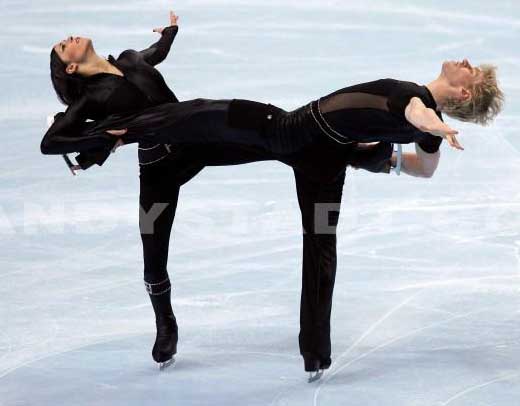
Figure skating has three disciplines in skating
iduel (men / women), couples and ice dancing.
Tests in
The main characteristics of skating in
iduel are fitness, concentration, technique and workmanship. The events in
iduelles are
ized into two phases: a short program and free program.
The short program has a maximum of 2 minutes and 50 seconds and involves the execution of eight elements imposed, including combinations of jumps and spins in the order chosen by skaters.
For the free program , Skaters performing all original music of their choice. It is important to pay attention to the balance of the program because judges accrue points if a program includes, for example, too few breaks. The free program has a maximum of 4 minutes and 30 seconds for men and 4 minutes for women. Music (instrumental version), theme and presentation are left to free choice of skaters. For this test, there are more factors but imposed guidelines.
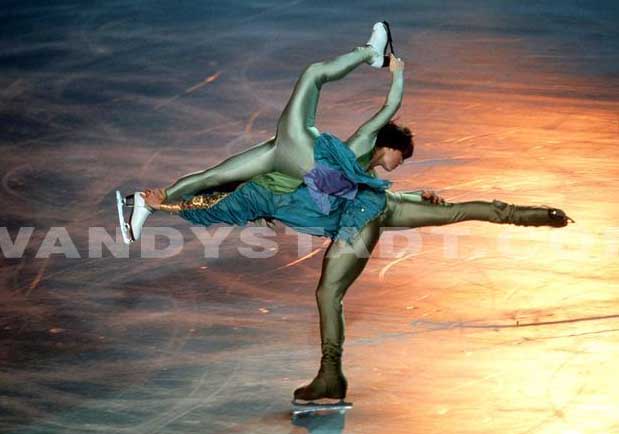
The race couple see both partners move in unison, making likely (uprising and taken), jumps performed simultaneously, the jumps, spirals and spins performed alone or in pairs. The test includes a couple short program and free program. The couple must show harmony, strength and grace.
The short program must include eight elements: a raised hand in hand and a worn twisted (double or triple), a throw jump (double or triple), a jump in
iduel, spins in
iduelles, spins couple, a spiral of death and a series of spirals. The teams choose a musical accompaniment and must perform compulsory figures in order of their choice in a maximum time of 2 minutes and 50 seconds.
Ice dancing like ballroom dancing. It is based on rhythm, interpretation of music, accurate and not on doors or lifting of the partner can not exceed the shoulder line. A competitive ice dance has two compulsory dances, original dance and free dance. The difficulty is not to increase the pace of the music. Skaters are mutually connected and thus reduce the number of tricks and jumps. Ice dancing involves three events: the compulsory dance, original and free. In the compulsory dance, the couple performs a dance predetermined. The original dance is composed of dances that must follow certain rhythms selected even if the couple can himself choose the music and steps. In the event of free dance, the couple freely expresses his own interpretation of the music chosen. The words are allowed in ice dance (single discipline skating).
The 18 dances recognized by the International Federation:
European Waltz, Waltz starlight, American Waltz, Westminster Waltz, Viennese Waltz, Ravensburger Waltz, Argentine Tango, Tango Romantica, Harris Tango, Blues, Foxtrot, Rocker Foxtrot, not fourteen, Rumba, Paso Doble, Quick-Step , Kilian, Yankee Polka.

What makes the difference between dance and race "couples" figure skating:
- The jumps are regulated and can dance after a single round. The two dancers can not jump at the same time.
- The dancers are split 5 times during their delivery and 1 meter at most. They are dancing couple and never give the impression to skate in
iduellement. They are also dancing in a position parallel or face to face.
- Dancers must dance in sync and in parallel showing that they are very close to each other.
- The dancer may wear an outfit covering the legs.
- Ports are limited in number and duration (5 seconds each).
- The 'lift' (carried at arm's length above the head of the partner) is prohibited in dance. The pond skater must not exceed the shoulders of the dancer. It is also forbidden to wear on their backs or shoulders
- The required one hand and the outstretched arms are not recommended.
- The tips of dance pads are shorter because in dance, the judges give priority to the flow of skating (jumps and spins are not recommended).

Short Program: The short program represents 33.3% of the final score of a skater or team in the simple tests per couple. It precedes the free skating. The short program lasts two minutes 50 seconds and includes eight figures imposed three jumps that all competitors must be performed. In short, a missed jump can not be retried.
Public skating: Open skating represents 66.7% of the final score of a skater or team in the simple tests per couple. This test follows the short program. Skaters choose their own music and determine their own choreography so they can best deploy their skills and their artistic talents. Open skating is limited to four and a half minutes for men and couples and four minutes for ladies.
Long Program: slang expression for the free skating event simple and torque.
To avoid agreements between countries on the trial judges are chosen at random just before each test (required, original or free)
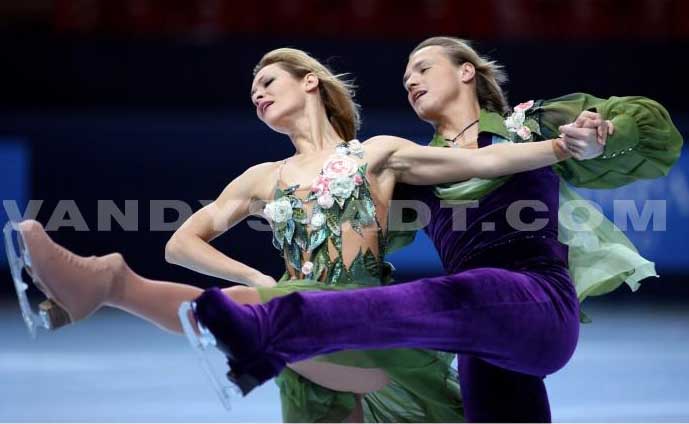
The order of competitors is determined by drawing lots. It determines the order in which skaters will compete and the group in which they warm up before competition.
The rink
The track must be rectangular, its length between 56 and 60 feet wide and between 26 and 30 meters. An Olympic track must measure 60x30 feet. The blanket of ice has a thickness of about 5 cm.
Holding
It is left to free choice of competitors. The skirt is compulsory for women.
Skids
Previously, we adapted the shoes of cities on slides using strips. The old pads had not advanced to the front. The skate blades today are chrome steel and have a length of about 30 cm and a width of 4 mm only. The blades are on the front spikes or teeth needed to perform like the toe jumps lutz, toe loop or the flip. They form the pivot point during spins. Each shoe weighs about 1.5 kilograms.
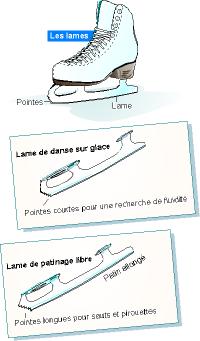
Stories skates !
- 1600: The appearance of steel skates. The wooden bases are equipped with iron and fastened to shoes with laces.
- 1848: USA EW Bushnell invented the first metal blade and lanyard without antlerless. Jackson Haines used them during its demonstrations around the world.
- 1914: John Strauss USA invented the boot flexible to practice figure skating. We then screwed the steel blade with teeth at the front.
- 1958: French Olympic champion Pierre Brunet is developing a new blade and carved tapered, thinner at the front and rear, the "Gold Seal" still in force today.
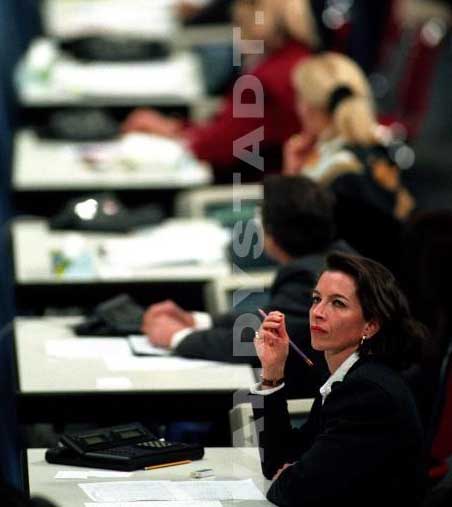
Rating
The old scoring system, named "6.0" has ceased to exist in official competition in 2005 following scandals such as the Olympics 2002.
Before 2005, judges gave two notes (0.0 to 6.0), a score for technical merit and presentation to the addition of two notes of a judge for one skater gave a total.
The new judging system 'Code of Points' (valuing and adding the accumulation of problems) was tested for the first time at the Junior Grand Prix for the 2003/2004 season and applied to seniors from 2004/2005 and adjusted again for the 2005/2006 season. The Code of Points isise in a technical score (TES-Total Element Score) and a score of program components (TCS-Total Componants score). The final score of a program (TSS Total Segment Score) is obtained by adding the technical score elements with the note program components, less deductions, if applicable (due to time constraints, lack of music content prohibited, because costume).
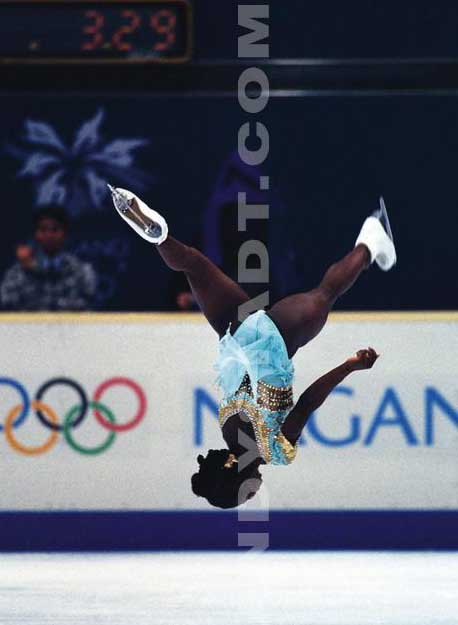
Figures
The Spins
The Pirouette is a figure where the skaters rotate on its vertical axis while maintaining contact with the ice with a skate or both. It is the basic element of the ladies short program. The ladies free program should also include at least four different spins with a combined and skipped.
- Combination Spin: Next steps where the skater changes feet and positions while maintaining speed through a continuous spin.
- Upright Spin: Carried forward or backward, the basic position is to adopt an upright position and keep the free foot next to the foot holder, the tip of the teeth touching the calf of the leg carrier.
- Layback: Performed usually by women, the layback spin is a variation of the upright spin. The female puts her arm in a circle in front of his body, arches his back and look up while doing a pirouette.
- Pirouette in horizontal position: Pirouette on one leg with the free leg extended parallel to the ice and upper body forward position, arms extended.
- Flying sit: Flying spin where the skater jumps, takes a seat at the end of the jump and landed in the same sitting on the same foot or the other.
- Pirouette scratch: Considered one of the core spins, the spin scratch is still one of the most difficult to perform correctly. The skater's body up vertically on left leg while doing a pirouette on the inside edge. The right leg is stretched over the body and the male raises his thigh, his arm being raised on the side. Failure to bring the free leg and arms accelerates the spin.
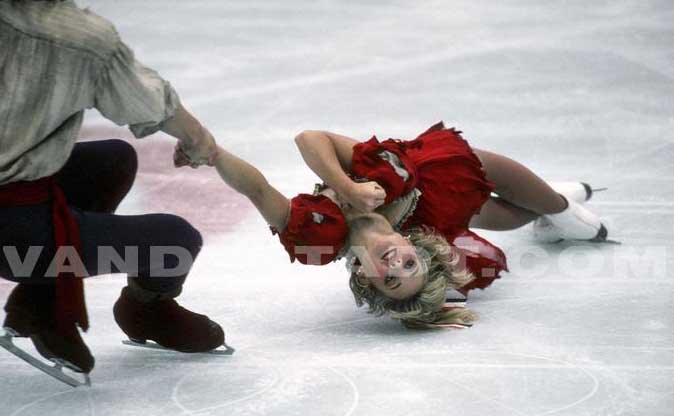
- Closure loop hand in hand: Closure where man raised above his head, his partner, who is before him and looking in the same direction. Still in the air, she looks in the same direction in a sitting position, keeping her hands behind her while her partner supports using his hands.
- Closure star: Closure where man raises his hand in her partner holding her by the hip and it then takes a position scissors, a hand touching the shoulder of the man or keeping your hands free.
- Hydrant Closure: Closure which man sends his partner above his head while skating backwards. He then made a U-turn and catches him facing.
- Lift over head: Lift couple where the man extends completely one or both arms as he takes his partner above his head. The man does not let her partner during the lift, except momentarily when changing position where it descends. The upward motion, rotating and descendants must be precise.
- Closure stuck over head lift where man whirling from one side of his body his partner to bring back his head in an elevated position. She looks in the same direction as him taking a split position.
- Lift tray: Lift where the man lifts his partner over his head, hands on hips kept of it, she extends her body horizontally to the ice in a position resembling that of a server on a plateau.
- Twist Closure: Closure couple where the man lifts his partner over his head and launched into the air where it makes two rotations and a half before being rested and back on the ice.
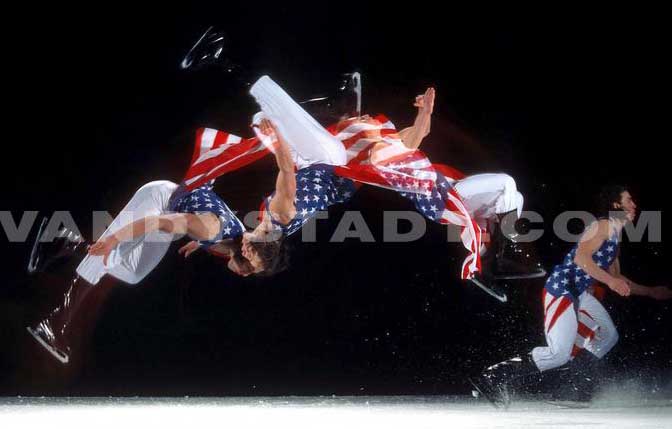
Jumps
- Jumping simple: Any jump consisting of a rotation or more but less than two.
- Quadruple jump: Any jump of four rotations or more but less than five.
- Triple jump: A jump consists of three rotations or more but less than four.
- Loop Jump: A jump edge from the back outside edge, the skater landing on the same back outside edge.
- Jump to edge: is called a jump edge jump where the skater makes the call on his foot without enabling it did not bring his free foot in contact with the ice to facilitate the momentum. The Axel, loop jump Salchow and are common edge jumps.
- Waltz Jump: Skaters propel themselves on the forward outside edge and perform a half rotation. Considered a semi-Axel, waltz jump is rarely used in competition.
- Jumping launched: Figure couple where the man throws his partner into the air, it fell back without assistance on the back outside edge.
A few jumps and techniques
The Axel (created by the Norwegian Axel Paulsen in 1882 in Vienna).
It seulsaut with the call before. It starts from an outside front left with a receipt back after a turn and a half outside the law. It is also the only jump which the call is forward on one foot outside edge. It is a difficult jump where the skater springs forward and falls backward.
The 1948 Olympic champion, American Dick Button did for the first time a double axel in competition.
The Triple Axel (three and a half laps)

It dates from 1978 and was created by Canada's Vern Taylor . Midori Hito realized for the first time in girls in 1989.
The Salchow (created by the multiple world champion Ulrich Salchow 1909).

Break edge where the skater makes the call on the back inside edge of one foot, the skater lands on the back outside edge of the other foot.
- In 1928, creating the double Salchow Gillis Grafstroem by Montgomery and Wilson.
- In 1996, creating the triple Salchow by Elvis Stojko .
- In 1998, creating the quadruple Salchow by Timothy Goebel .
The Loop or Loop

(Created by Werner Rittberger 1910). This jump is the basis of skating, it starts from an outside back and takes delivery outside back on the same footing. In 1925 Karl Schäfer invented the double loop
The Lutz (created by Alois Lutz 1913)
It is a toe jump with call back. It starts from an outside back and a dive from the tip of the free foot. In suspension, the male gathers his arms and legs to reduce inertia. He receives outside on the back foot that was stung.
In 1944, Richard Button invented the double lutz and 1962, Don Jackson achieved the first triple lutz.
Katarina Witt was the first to perform the first three women.
The Flip
It is a toe jump with call back inside a foot. The skater lands on the back outside edge of the opposite foot. He starts with an inside rear foot free dive and receives outside on the back foot that has piqued (rather done on a straight line).
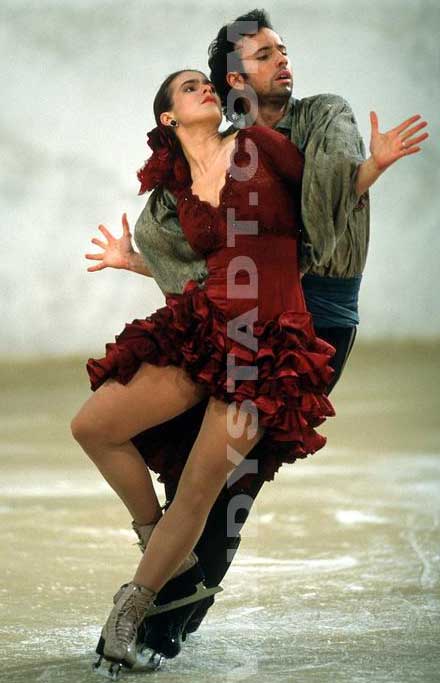
The toe or Toe Loop
A toe jump (the skater uses a second support) made with a dive. The right foot slides back outside edge while the left foot hits the ice behind.
The Spiral of Death is a figure drawn couple, the man pivots holding the hand of his partner, who rotates his body in the down position and parallel to the ice.
- The skating in unison has identical movements performed by a couple of skaters in close proximity to each other.
- The Skate mirroring includes movements opposed executed by a couple of skaters in close proximity to each other.
Do not forget
1925: The first loop (double jump) made by the Austrian Karl Schäfer.
1945: The first double axel by the American Richard Button.
1952: The first triple loop (jump) by Richard Button.
1962: The first triple lutz by Canadian Donald Jackson .
1965: The first triple jump (triple Salchow) by Canadian Petra Burka , a first for a woman.
1978: The first triple axel by Canadian Vern Taylor .
1988: The first quadruple jump (toe loop) by Canadian Kurt Browning (the first attempt was succeeded by the Czech Jozef Sabovcik in 1986) and 1991 women by Surya Bonaly.
1989: The first triple axel for women run by the Japan Midori Ito .
1996: The quadruple jump (toe loop) in combination with double toe loop by Canadian Elvis Stojko .
1997: The quadruple jump in combination with a triple toe loop by Canadian Elvis Stojko , 7 rotations (4 rotations in less than 2 seconds).
1997: Two quads by the Chinese Guo Zhengxin.
1999: Three quadruple jump (Salchow two of which in combination with a triple toe loop) and a toe loop by American Timothy Goebel . Two different quadruple jump (Salchow and double toe ") into one program by Russian Ilia Klimkin.
2002: A quadruple jump (Salchow) directed at a junior women's competition, produced by Miki Ando of Japan, aged 15.
2004: The first quad-triple toe loop by the French Brian Joubert
2005: Two triple axels in competition by the Japanese woman, aged 15 years, Mao Asada .
2006: A combination quadruple toe loop-triple loop by the Russian Plushenko Evgueini
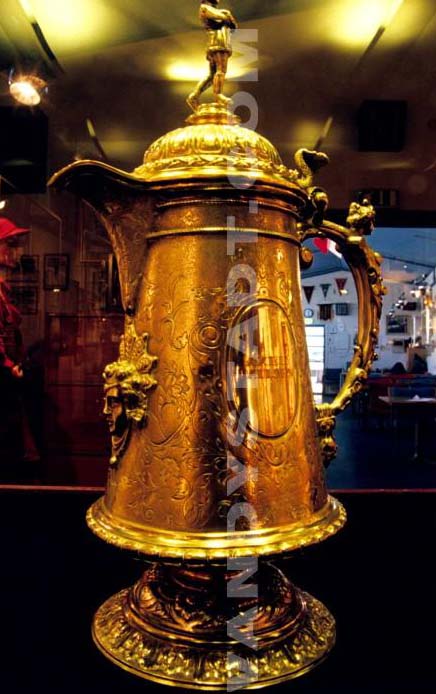
The only skater to successfully present a quadruple axel in competition (four and a half turns with the call forward) is the Russian Yevgeny Plushenko.
Namely:
The differences between a triple jump and a quadruple jump:
- Quadruple jump height: 60 cm against 50 cm for the triple jump
- Time of suspension in the air for the quadruple jump: 0 6 to 0 "8 cons 0" 5 to 0 "6 for the triple jump
- Maximum speed for the triple jump: 2 000 ° per second (one lap equals 360 °) to 50 cm in height and between 1 200 and 1 400 ° per second for the quadruple jump (achieved early in the jump) to 60 cm high.
Remember:
- Outside front: the male lead in turning to the right.
- Outside back: the skater back to the left.
- Inside front: the male moves toward the left.
- Inside back: the skater back by turning left.
- Square: the blade of a skate has two sides or edges.
- Square outside: skating on the outside of the foot.
- Carre in: skating on the inside foot.
- Right foot: the runner leaves a trace behind him twice.
Equipment
Skids
? The blade is mounted on the sole of the boot with screws
? The boots are usually made of leather with interior parts made of synthetic material
? The blades are stainless steel
? The elite skaters use custom boots made from molds or drawings of their feet and buy their blades separately, depending on the size of the boot
? The boots and blades made to measure can cost more than $ 2 000
? It often takes several weeks for a new pair of shoes to fit feet (to soften the leather around the ankles)
? jagged peaks to the front of the blade used to perform jumps and footwork
? When you look at the profile, the blade is slightly curved upward to the ideal point from which the spins are conducted are located below the toe
? The camber on the underside of the blade
ise into two distinct edges - outside and inside
? It is desirable to skate on one edge of the blade or the other, not on "flat" blade
? The skate blades ice dance are shorter by about an inch heel to facilitate the complex footwork and prevent clashes
? The boots ice dance is slightly less high at the rear to allow better movement of the ankle
? Skaters are sharpening their blades about every three weeks, usually by a professional service, but some skaters hone their own skates
Costumes
? According to the standard 500.2 UIS, "keeping competitors must be modest and dignified and should suit the sport competition, and not in bad taste or style theater.
? The dress may be inspired by the style of music chosen
? It does not simulate the effect of excessive nudity
? Men must wear pants (wearing pantyhose is prohibited); skaters dance on ice are not allowed to wear sleeveless dress
? Women may wear dresses or pants / unitard long at events in
iduelles or torque, but the skaters dance on ice must wear a skirt
? Decorations should be non-removable
? It is prohibited to use props and can make exceptions for the original dance, which must obey the speed selected by the ISU each season
? A deduction of 1.0 will be applied if the costumes do not meet criteria
? A deduction of 1.0 will be applied if part of the costume comes off and falls on ice
? The figure skating costumes are usually made of lycra and can cost two or three hundred dollars to several thousand dollars
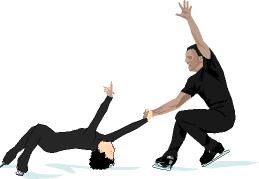
The Synchronized Skating
The youngest skating discipline is synchronized skating, played by mixed teams of 12 to 24 skaters. Each group makes no separate figures except in case of change of handhold. There is a short program and free. The notation is the same as in skating
iduel or couple. Synchronized skating is very popular in Canada and was a demonstration sport at the Olympic Games in Salt Lake City in 2002. The world championships are held every year since 2000.

Copyright Sportquick/Promedi








